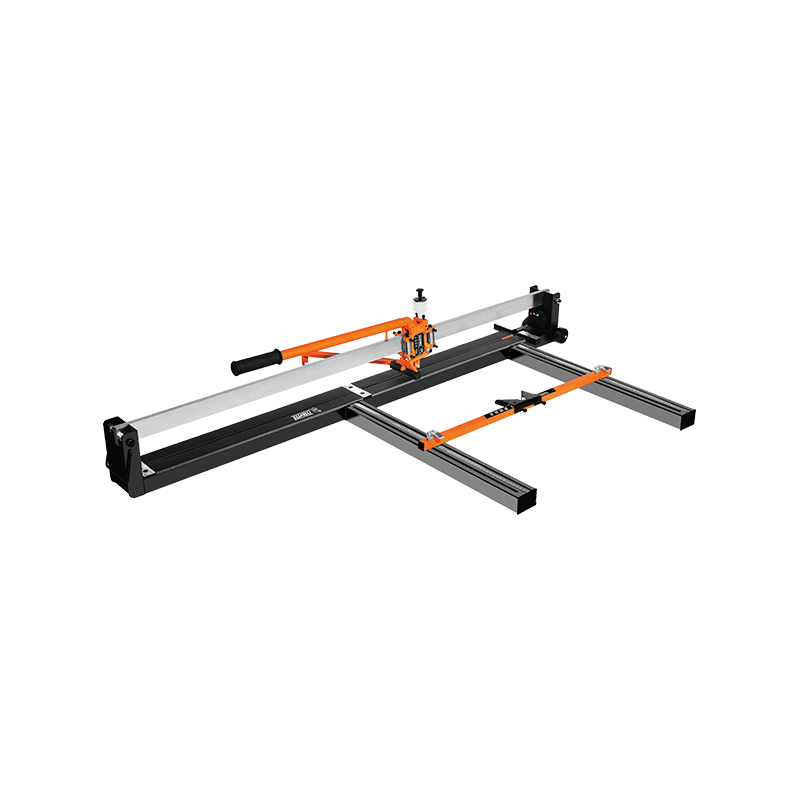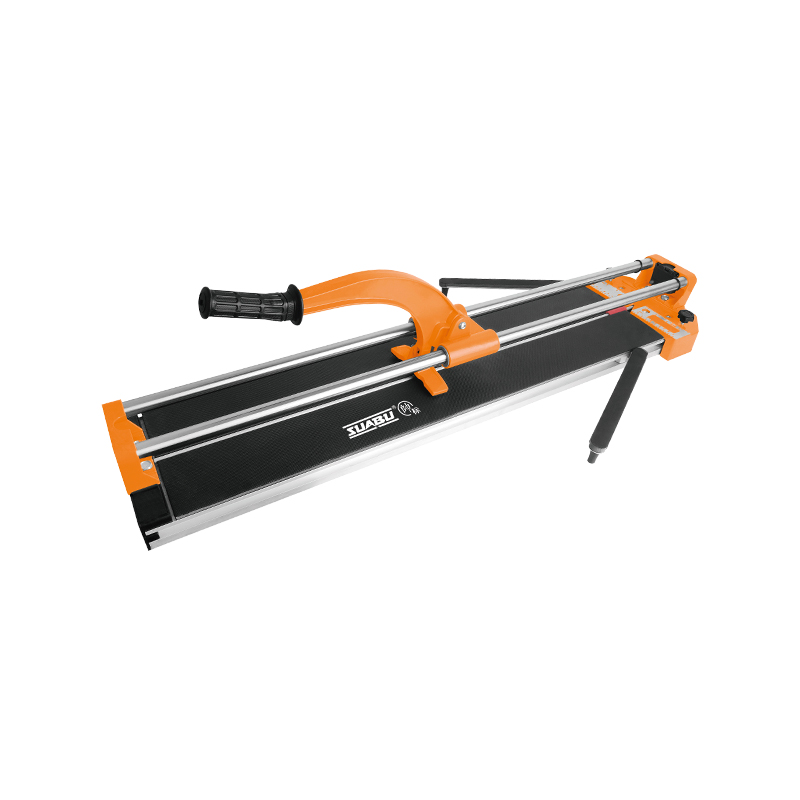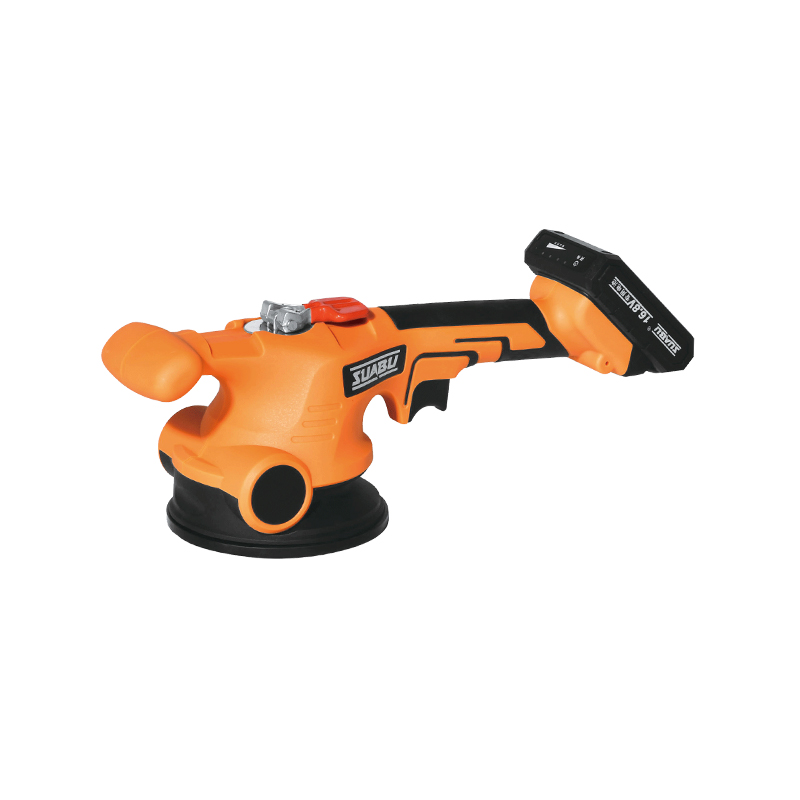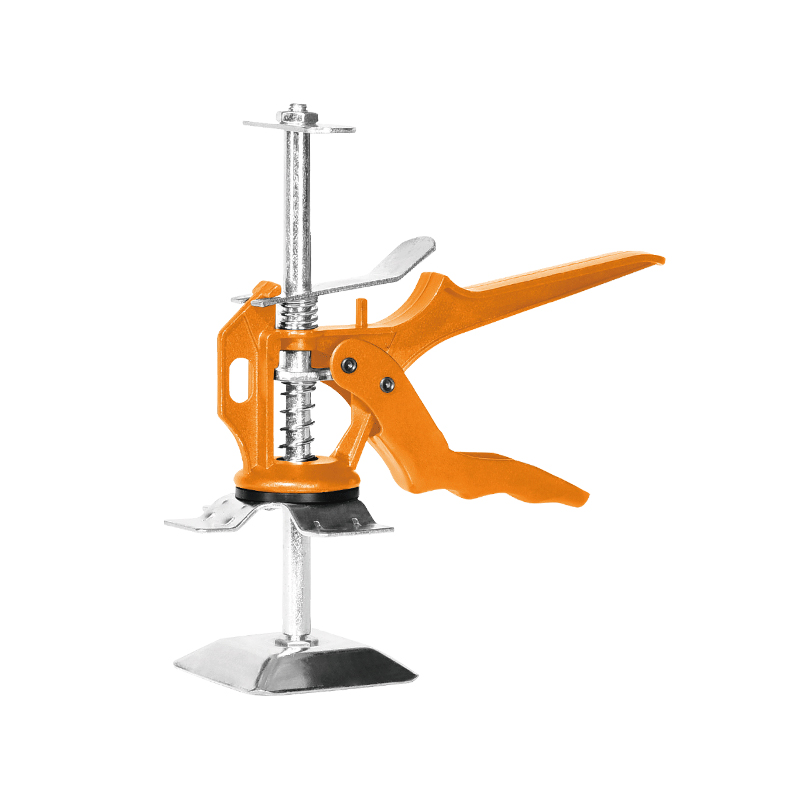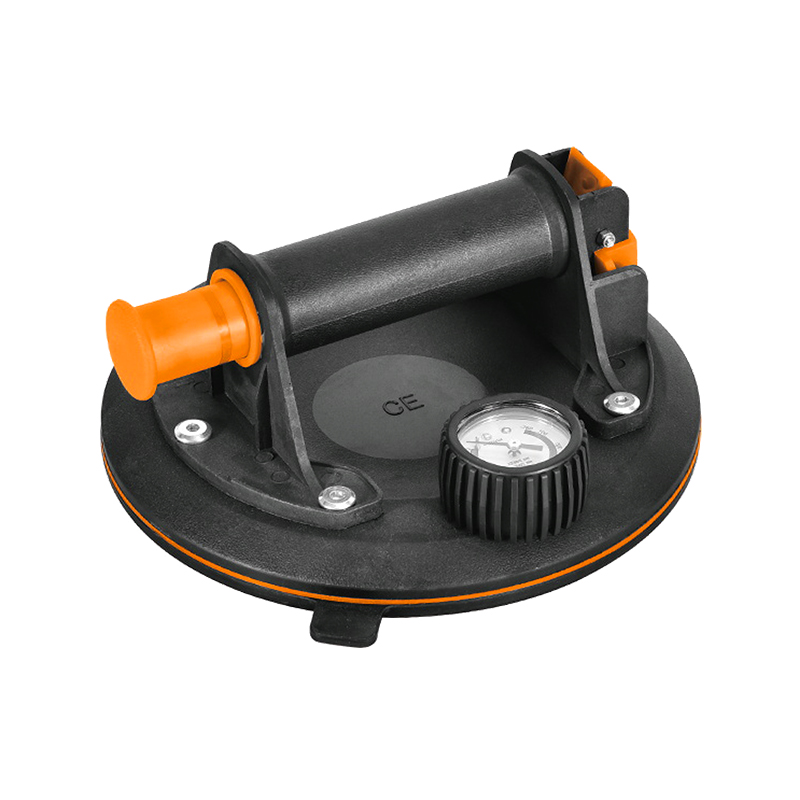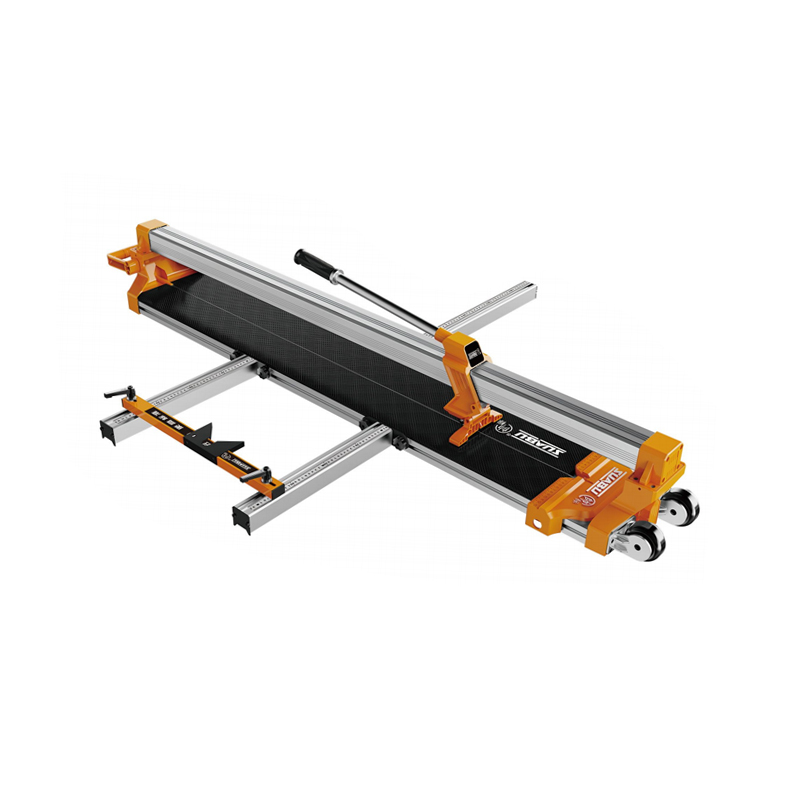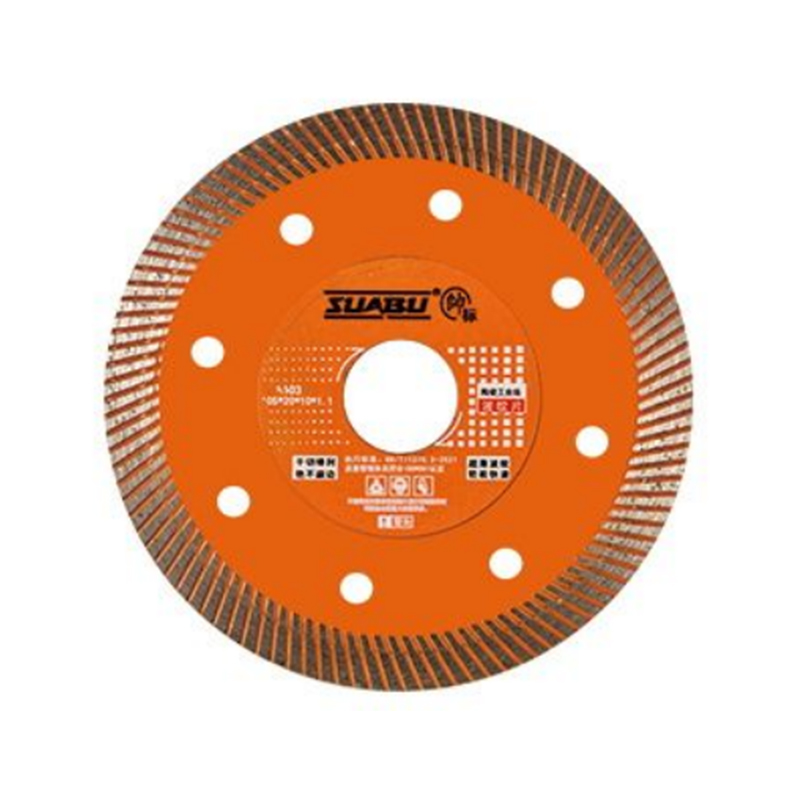Pneumatic Suction Cups See Wider Adoption In Automated Lifting Systems
2025-08-08
The integration of pneumatic suction cups into automated lifting systems has grown significantly. These components are playing an increasingly important role in a variety of industrial applications where smooth and efficient material handling is required. From factory assembly lines to construction sites, the functionality of pneumatic suction cups has brought added convenience and adaptability to systems designed for lifting, positioning, or transferring materials.
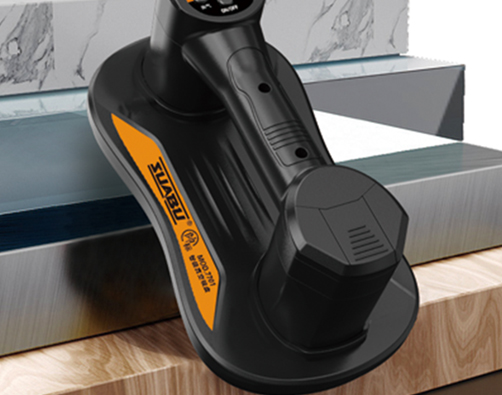
One of the areas experiencing a notable impact from these tools is the construction sector. Particularly in the handling of heavy tiles and fragile materials, devices such as the porcelain tile suction lifter have become essential. These lifters are often fitted with pneumatic suction cups to secure tiles during transportation or installation. They provide a secure grip that helps reduce breakage, especially with large or high-gloss porcelain tiles that are otherwise difficult to maneuver manually.
The technology behind pneumatic suction cups allows for quick and stable attachment to smooth surfaces, which supports faster cycle times in automation. Their ability to handle different shapes and sizes of objects makes them adaptable to both flat and slightly curved surfaces. In the context of tile handling, the porcelain tile suction lifter utilizes this adaptability to ensure that various tile sizes can be managed without needing constant equipment changes.
Another benefit of these suction devices is the small surface contact and reduced risk of scratching or damaging sensitive finishes. This is particularly useful for tiles with polished or decorative coatings. When used with a porcelain tile suction lifter, the suction cups create a gentle but reliable connection, allowing operators to move tiles into place with greater confidence and less physical strain.
Automation in warehouses and logistics centers has also seen increasing use of pneumatic suction cups for lifting and transferring packaged goods. The same basic principles that apply to handling tiles apply here as well—maintaining a firm grip on items while limiting manual labor. While the porcelain tile suction lifter may be more tailored for specific construction tasks, both tools illustrate the growing demand for suction-based lifting solutions.
As robotic arms become more common in both manufacturing and construction environments, the compatibility with pneumatic suction cups has become an important design consideration. These suction units can be customized for pressure sensitivity, size, and mounting style, allowing for seamless integration into different automated platforms. Likewise, advancements in the design of the porcelain tile suction lifter have included adjustable arms, multiple cup arrangements, and lightweight materials to improve usability on-site.
The versatility of pneumatic suction cups also means they can be used in delicate operations such as glass installation, electronics assembly, or food packaging. Though the porcelain tile suction lifter has a more targeted application, its design often shares similar suction technology and operating principles, demonstrating how core features can be adapted across sectors.
Both the pneumatic suction cups and the porcelain tile suction lifter are contributing to safer work environments by reducing the need for heavy lifting and lowering the risk of repetitive strain injuries. This shift is not just about increasing efficiency but also about improving workplace safety and consistency in results.
As industries continue to adopt automated lifting systems, tools that rely on vacuum-based technology will remain central to operations. Whether for tiles, packaged goods, or precision components, the continued development of pneumatic suction cups and innovations in the porcelain tile suction lifter will support the transition toward smoother, less labor-intensive handling solutions.

